Understanding American Voters’ Sentiment on Strategic Nuclear Deterrence
Arlington, VA | September 15, 2021 — The Mitchell Institute for Aerospace Studies is pleased to announce a new entry…
Arlington, VA | September 15, 2021 — The Mitchell Institute for Aerospace Studies is pleased to announce a new entry…
The Mitchell Institute for Aerospace Studies invites you to watch an Aerospace Nation discussing our latest research: Understanding American Voters’…
John “Slick” Baum speaks to three individuals who found themselves thrust into crisis none could have imagined as they began their day. Join us for their recollections of the day America was attacked.
John “Slick” Baum is joined by Dr Brendan Mulvaney and Ken Allen of Air University’s China Aerospace Studies Institute (CASI), Cristina Garafola or RAND, and Dan Rice of the Mitchell Institute to better understand the People Liberation Army Air Force (PLAAF).
In the wake of this historic failure, it’s also important to look at what happened from a strategic perspective. The dedication to duty at the individual and unit level during this conflict was second to none, but the strategic decisions made over the past twenty years often fell short. It will take years to understand what happened and why, but this conversation marks the start of that assessment.
John Baum engages with Lt Col Mike Benitez, Director of Staff at the 53rd Wing; Dr. Jimmy “Rev” Jones, a fighter pilot-PhD; and Heather Penney of the Mitchell Institute to discuss a topic few of us consider—the “ones and zeros” of software that actually operate the jet.
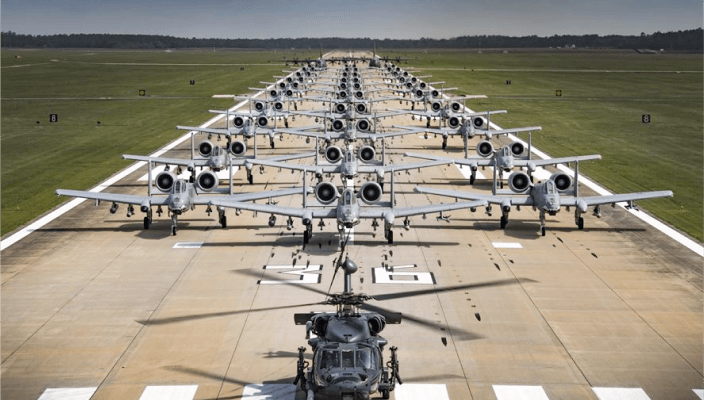
Empowering actors at all levels with a smart set of options at the right time and place demands procuring the most effective, efficient, and resilient set of tools.
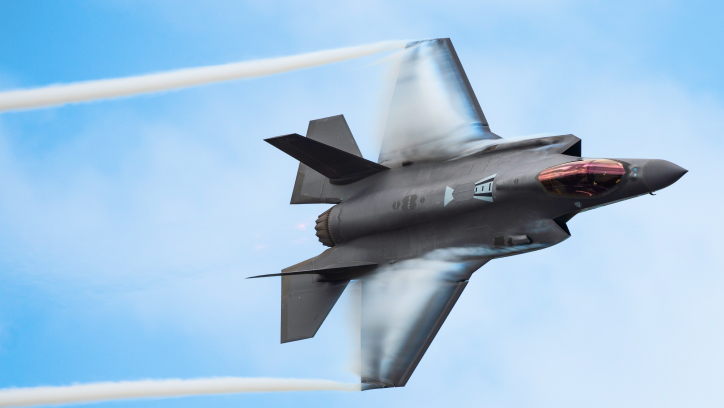
No matter the mission, from air superiority and long range strike to air mobility and command and control, a broad range of missions executed in the air provide vital options at the strategic, operational, and tactical realms.
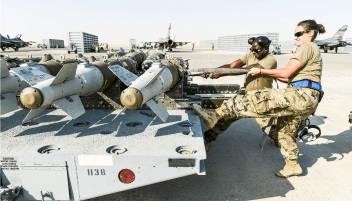
Strategic deterrence is the bedrock of the national security enterprise thanks to the virtues and value of the triad.
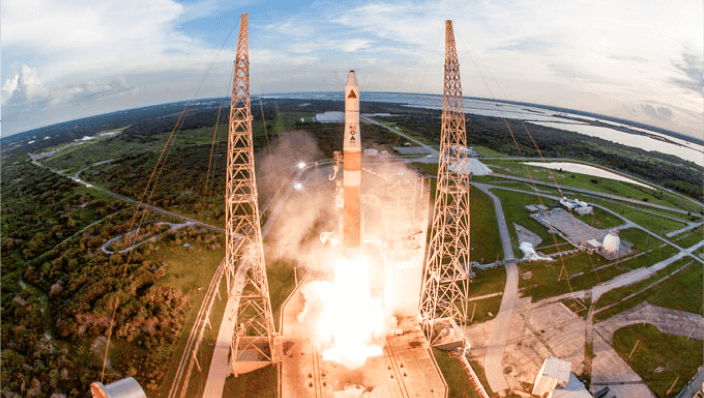
National security space activities are essential facets of any military operation, while also creating conditions essential for the civilian economy.
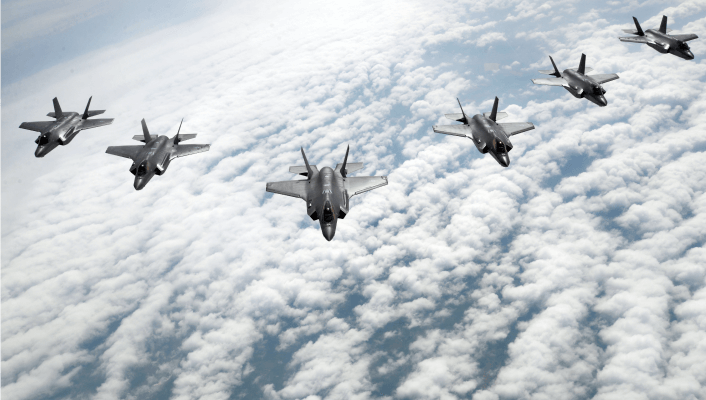
Meeting national security requirements today and tomorrow requires insightful, creative approaches that prioritize America’s strengths, while not projecting undue vulnerability.